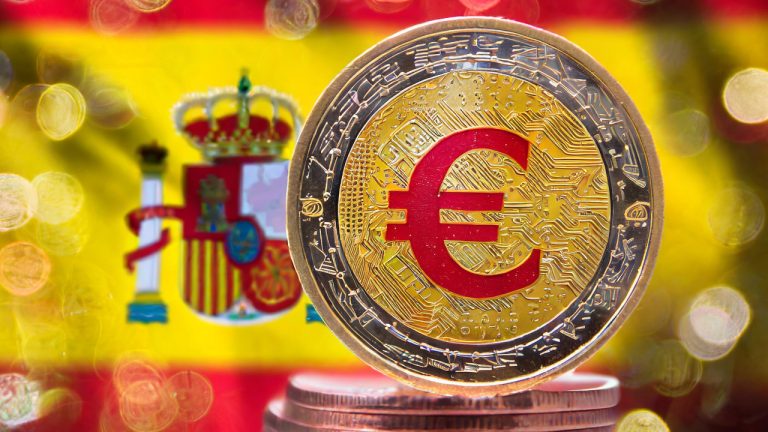
A recent report issued by the Bank of Spain that inquires about how Spaniards use cash for payments has revealed the low degree of confidence they have in a hypothetical digital euro. 65% of the citizens surveyed reported that they would not use the digital euro as they feel comfortable with the payment options available today.
Bank of Spain Report Evidences Cash Preference
A recent report of the Bank of Spain has revealed the low preference that an upcoming digital euro, the proposed European central bank digital currency (CBDC), would have compared to other payment alternatives. The report, which studied the evolution of the use of cash by Spaniards, took a representative sample of 1,606 citizens of the general population and 1,616 linked to small stores and hospitality services.
Cash is still the most used form of payment for Spaniards, according to the report, with 65% of the Spanish population using cash daily. Credit and debit cards follow while payment apps and electronic payments are marginally used but growing compared to last year’s report.
The report shows that even with the 1,000-euro limit established for cash payments in the Antifraud law passed in 2021 and the reduction of ATMs, Spaniards still use cash as one of their main payment methods.
Digital Euro Stats
The digital euro is still relatively unknown for Spaniards: only 20% of the general population has heard about its possible issuance.
Besides the low awareness rate about this new digital payment method, most of the surveyed users disliked the idea of using a hypothetical digital euro. 65% of the users consulted stated they would not use the digital euro as they feel comfortable with today’s available payment methods.
Only 20% would complement their current payment methods using the digital euro. However, preference for the digital euro decreases while age increases, as younger users are more open to adding it to their payment methods.
For polled citizens between 18 and 24 years old, the proportion of users open to this new payment tech rises to 34%, while for users older than 65, it plummets to 7%.
The European Union (EU) has not decided on issuing the digital euro yet, but the project recently entered its preparation phase, which will serve for “finalizing the digital euro rulebook and selecting providers that could develop a digital euro platform and infrastructure.”
What do you think about the digital euro and its lack of popularity in Spain? Tell us in the comments section below.
from Bitcoin News https://ift.tt/ZcOtj6r
Comments
Post a Comment